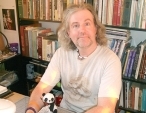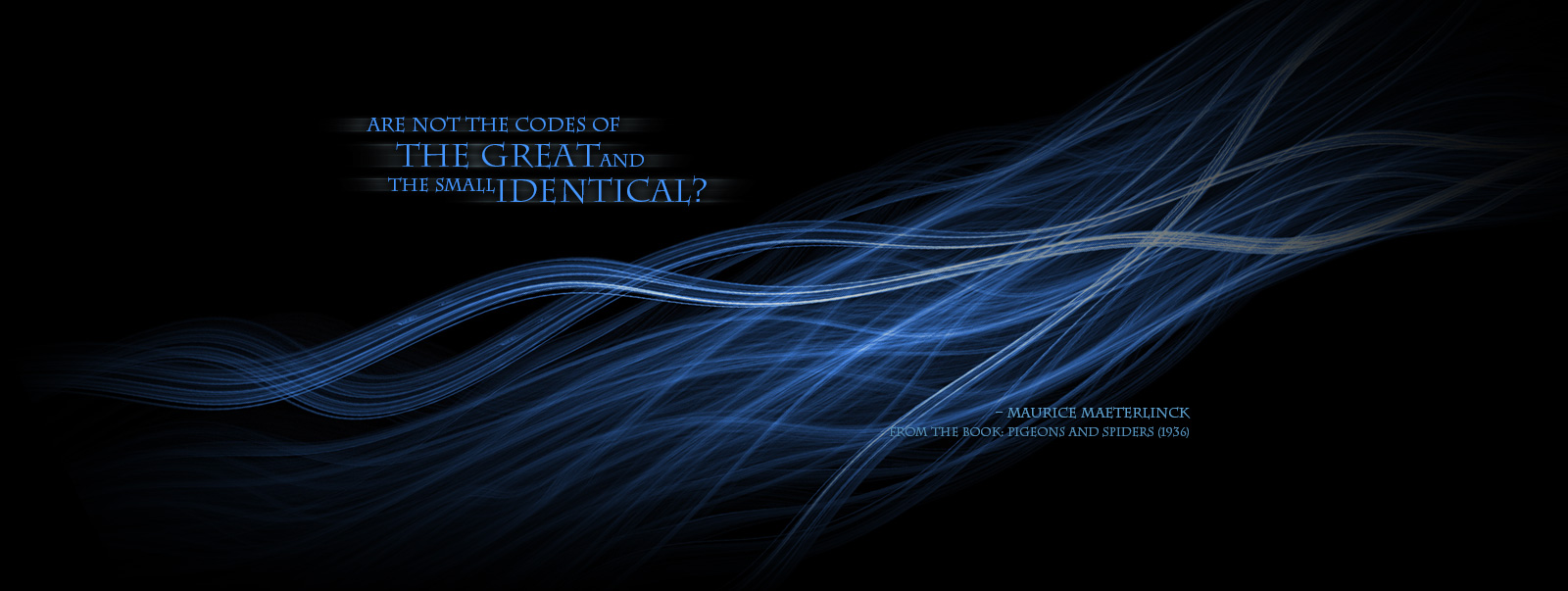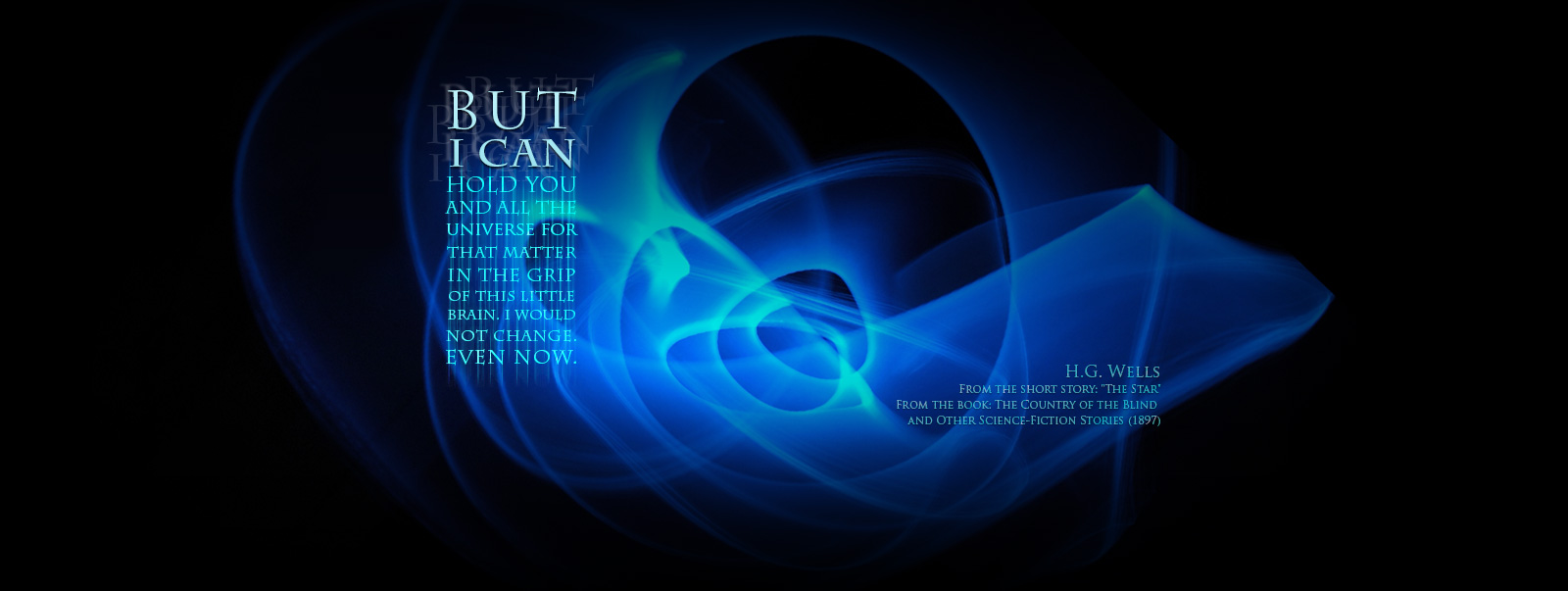-
Categories
-
Recent Posts
Donate to ASC’s Barnacle Codex

Your browser is out of date!
This website uses the latest web technologies so it requires an up-to-date, fast browser!
Try Firefox or Chrome!


I was born 13 April 1959. I lived originally in Queens, New York, and after in NYC and its surrounding metropolitan area–more than half of that time in Lower Manhattan, until 2010, when I relocated to my new home in San Diego, California. Looking back, it is hard to remember a time when I did not wonder what things were. Then, as now, I believed it was reasonable to assume that by learning how things came apart, and how you could use the parts to make new things, this was a way to uncover the secrets hidden within. Before I began school, I was already content in the knowledge that the world was full of things at my disposal to be dissected–and even better, that I discovered how much was discarded and already falling apart, which I interpreted as an invitation to continue what had been started.
Before I started in kindergarten, I was taken to a local library where stories were read to the surrounding children. I saw this as an unnecessary interruption from my investigations, but in the process, came across a picture book of drawings by Leonardo da Vinci, of his inventions. I could not read, but probably committed most of the book to memory; I visualized the concept of cataloging my discoveries, a valuable way of not forgetting lessons learned. As I had no notebooks, the best I could do was to use the margins of my coloring books. Ironically, I was accused of scribbling and not drawing inside the figures–when, indeed, the figures printed on the page were in the way of my primitive notations. Later, I would be sent to school, and now my frustration grew, as even more of my time was to be sequestered, from my endeavors. However, there were some bright spots, such as things like: cafeterias, gymnasiums, libraries, and best of all, playgrounds. The idea that I took my notebook to recess was so strange, that no one even bothered to worry; if there was anything that teachers worried about, it was that your attention might be drawn to something other than their constant pestering–to engage in the most uncompelling of mental exercises. As I mentioned, I had found a substitute for my coloring books and crayons in my lined notebooks and pencils.
What was difficult for me to understand, was that in spite of all the talk about learning and education, there was no support for my own explorations. In fact, I received only consternation and contempt–after which I decided to be careful not to attract attention to these pursuits. Once, being especially proud of a drawing I had done of a dragonfly–and thinking that I had developed a trust with a certain one of my teachers–I was foolish enough to show it to her; when she saw what my notebooks were being used for (my own projects, and not my schoolwork) they were confiscated, and then my parents were notified, so that they could confiscate the rest of my notebooks at home. From that time on, my teacher made me open my desk and count my notebooks, before leaving for the lunchroom and before recess.
So now I had to content myself with keeping everything in my head. I thought of myself as an insect, trying to adapt my body to be the sum of its instruments. It was as a result of this idea, at this time, that I understood the superiority of most species over humans. As an intentional orphan of the educational system, there were few choices for me upon leaving high school; my guidance counselor suggested the marines. In 1977, the military, in my mind, were people underground or under the ocean, poised to fire missiles that were intended to bring about the end of humanity. A Marine seemed obsolete. Also, I had little reason, at this point in my life, to have any faith in figures of authority, therefore, a life in the military seemed out of the question.
Locally, there was a school that was willing to take just about anyone–and to the average observer, I was just that. Once again, my assignments were not very taxing, but here I had the opportunity to propose my own solutions to the problems given, and I had freedom to build a curriculum of interests. It was here, on a quiet Friday afternoon, that I first came across a book, Plato:Collected Dialogues, a volume that is still by my side to this very day. The discovery that there was a tradition of ideas, was the first time I came to have an admiration for humanity. However, Architecture School itself was not to be the intellectually expansive experience that the surrounding academic environment turned out to be; with my boyhood images of Leonardo da Vinci firmly embedded in my mind, I was to find that the architectural environment in New York City–and what seemed like the whole world–was a very narrow minded place. I always believed that Leonardo was the perfect embodiment of what an architect should be. A decision was made as to the correct path to choose; it was easy, because it was so obvious
I successfully completed my B Architecture degree–and only twice narrowly missing being expelled. Ironically, soon after leaving school, I found my self back in the class room, not as a student but as a professor. My enthusiasm for thinking and ideas was overwhelming, but it was greeted with the same disdain as my earlier Dragonfly drawing. It was puzzling to me how architects seemed to be more apt to read french poetry, than to follow the exploits of NASA. It still is. However, this was no longer my concern. As I look back, the shape of the intellectual horizon resembles the shape of an hour glass; as a young boy, it was broad and expansive, as I moved through school, then into academia, it narrowed almost to a point. Since then, I have been fortunate enough to experience the exhilarating feeling that it is again expansive, and I can see that it has, and does, broaden even to this day.
Looking back, it is hard to remember a time when I did not wonder about what things were. I believe, as I always did, that everything can, and even needs to be, taken apart–and those parts dissected further, assembled in new ways, or reassembled as before…or just taken apart. Now I notice that, unlike before, the boundaries between one project and another seem to be less clear–and the difference between the investigations even less important. Boundaries become less relevant, as I begin to see one, overall rather than a series, of investigations; the horizon is beginning to broaden again. I am happy being called “architect”–I always have been–and even more satisfied when the term is given the broadest possible definition. Julie coined the term, “Speculist”, which I truly relish.
As I speculated upon this concept, of the defining nature of the term “Architect”, it seemed to me that as a child, I started with the belief of the architect as an intrepid chronicler of exploration, then as a student I watched it narrow to include more the concept of building; since then, I have come to define it more in terms of understanding. As this definition emerged, I began to believe that seeing plays a great role in understanding, and that seeing manifests itself best through drawing. Drawing, it turns out, was the thread that connects that young boy to me, now. Crayons gave way to pencils, and the childlike scribbles in the margin of coloring books are now manifested on art paper; but the desire to understand what I see in front of me has remained the same.
As a young professor, I decided to teach myself to draw–and the masters were my teachers. I was left-handed, and particularly admired Raphael, but his handwriting favored the right side; but, of course, this was not a grave problem, since the Maestro, Leonardo, shared my physiology from the left side. In comparing Raphael and Leonardo, I conjured the difference between a virtuoso, and a composer, at the piano–one with tremendous capability for performance, the other with the same level of capability for seeing and creating. Again, Leonardo was the guide. As my ability increased, I found myself constantly looking for more challenging subject matter for my drawings, and the work being spawned by them. I was most fortunate, at this time, to be in the company of the most innately imaginative person that I have and could ever expect to know, the Artist, Julie Rauer. Her suggestion was to abandon the very artificial subject matter that I was currently employing, and as she so eloquently said, “embrace the natural and the organic”. I would later find the same ideas echoed in the words of the opening pages of Emerson’s 1836 essay, Nature. Ironically, around the time that I was reading Emerson, I was fortunate enough to give a public lecture titled, “The Structural Relationship of Speculative Architecture and Insects”, at the American Museum of Natural History in New York City.
Concurrently, with my lecture, I was also deeply involved in studying The Origin of Species. Paralleling this direction in my work, was my son Cameron’s developing interest in mathematics and the sciences, both of which seemed to provide a road map to fullfilling Julie’s prophecy. Drawn to the combination of imagination and rigor inherent in science, I found it so enticing when I saw a remedy to the notable lack of rigor in the surrounding arts and architecture of my own environment–which had always seemed so woefully inadequate to me.
Soon after I began teaching, I instituted what I saw as a novel proces for working, which continues to evolve–and which I still employ to this day. Around the time of my lecture, it came to include not just my own work, but now had begun to include Julie’s work, as well. As I look at this process today, I see it growing to become a possible curriculum, with very broad applications. At the heart of this process is an idea that–and if there is anything that I would say, that I believe to be true–it is this: the coexistence of the apparently irreconcilable realities of systems of Logic, and the operations of the metaphor, are essential and inseparable components of all–or any imagination–or, as I like to say, imaginings. From this comes my desire to invent or create “Architecturally Provocative Artifacts”. Maybe they are the companions that I need to potentially deepen my understanding of myself and my surrounding circumstances, possibilities of what things may indeed be.
Bruce Gemmell
San Diego, California
25 September 2012


